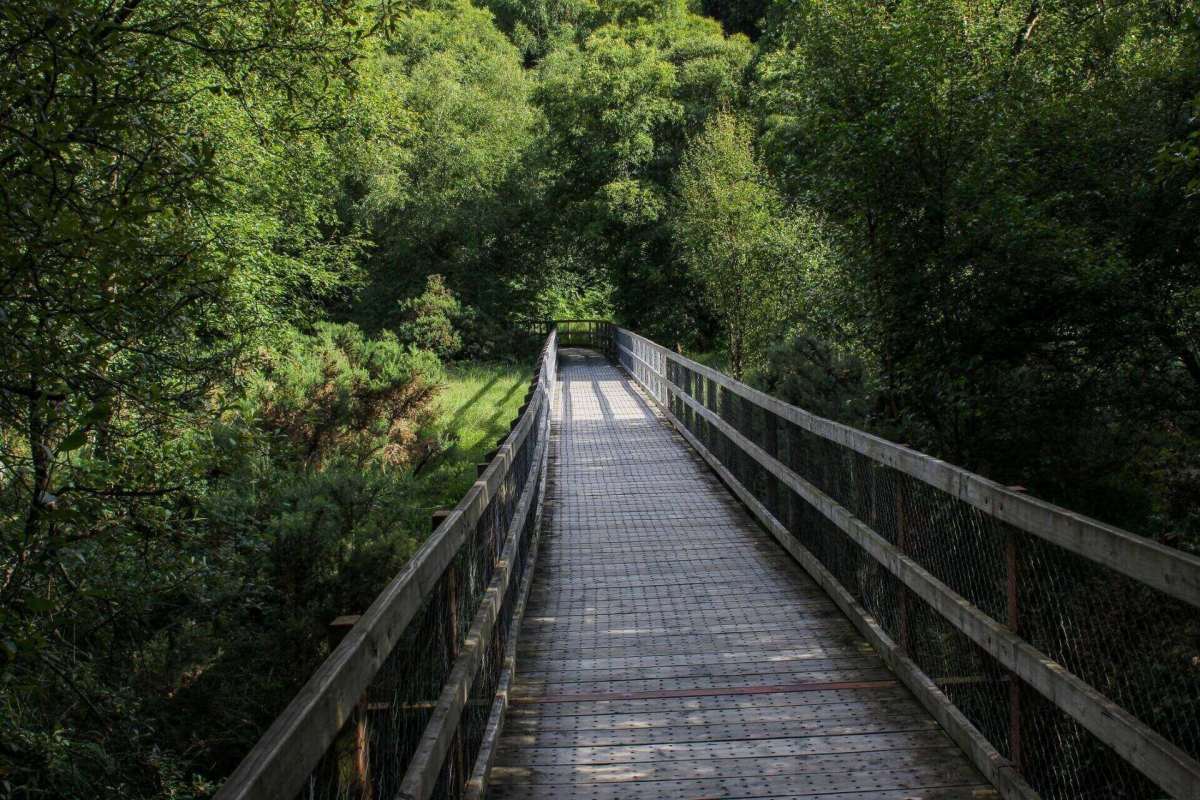Some say the best things come in small packages, and that might be true when it comes to these tiny forests.
Around the world, many nations are creating small forests of native plants to encourage biodiversity and to bring a number of benefits to local residents and the planet at large.
Tiny urban forests can help #rewild urban settings and help fight #climatechange. The brainchild of the Japanese botanist Miyawaki is taking his idea global.
— Mike Hudema (@MikeHudema) August 23, 2023
We have so many solutions. Implement them. #ActOnClimate#climate #forests #nature #biodiversity pic.twitter.com/y1PNNjgAhA
Following a method championed by Japanese botanist and plant ecologist Akira Miyawaki, hundreds of native plant species are being cultivated in areas of about 500 square meters.
In an article for The New York Times, journalist Cara Buckley described one particular tiny forest planted on an old landfill site at Danehy Park in Cambridge, Massachusetts, as "1,400 native shrubs and saplings, thriving in an area roughly the size of a basketball court."
Buckley said it's one of the first of its kind in the Northeast, noting how similar projects have sprung up in Los Angeles' Griffith Park and by the side of a corrections and rehabilitation facility on the Yakama reservation in Washington State.
But it's not just the United States where these forests are appearing, with most continents now embracing the many benefits they can bring.
According to JSTOR Daily, the Miyawaki method concentrates on the planting of four main categories of species very close together. Native varieties of main tree species, subspecies, shrubs, and ground-covering herbs are then densely planted, and they begin a fight for sunlight, space and water.
The forests need supervision for the first three years or so, with weeding and watering carried out on the site. The plants then begin to flourish, growing at a rate 10 times faster than usual afforestation techniques.
These forests then provide a habitat for pollinators like bees and butterflies, while also improving air quality in the local area.
In Cambridge, Buckley noted the mini forest – which features aspens and tulip trees – has helped to absorb stormwater without washing out and has stayed lush even in drought conditions.
It's a unique and effective solution to combat the impact of global overheating and to encourage wildlife to thrive. The best part is, a mini forest doesn't have to be the size of a basketball court. You could even plant a smaller version in your own backyard.
Join our free newsletter for easy tips to save more, waste less, and help yourself while helping the planet.









